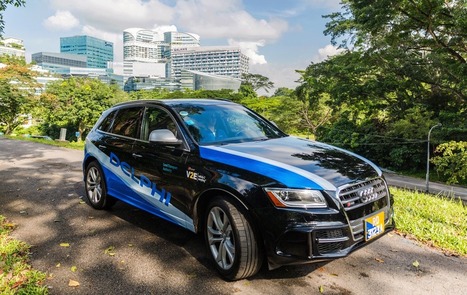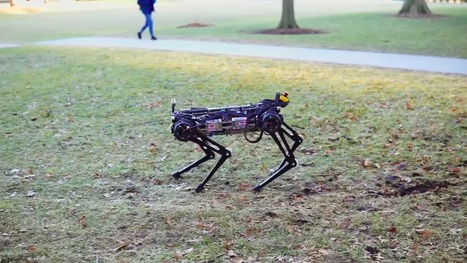The MIT-Epstein debacle shows ‘the prostitution of intellectual activity’ and calls for a radical agenda pleads Evgeny Morozov.
As Frederic Filloux points in today's edition of The Monday Note,
"It matters because the MediaLab scandal is the tip of the iceberg. American universities are plagued by conflicts of interest. It is prevalent at Stanford for instance. I personally don’t mind an experienced professor charging $3,000 an hour to talk to foreign corporate visitors or asking $15,000 to appear at a conference. These people are high-valued and they also often work for free when needed. What bothers me is when a board membership collides with the content of a class, when a research paper is redacted to avoid upsetting a powerful VC firm who provides both generous donations and advisory fees to the faculty, when a prominent professor regurgitates a paid study they have done for a foreign bank as a support of a class, or when another keeps hammering Google because they advise a direct competitor. This is unethical and offensive to students who regularly pay $60,000-$100,000 in tuition each year."



 Your new post is loading...
Your new post is loading...














MIT sounds like "Money Infused Technology" : shall we close the Media Lab, disband Ted Talks and refuse tech billionaires money ?